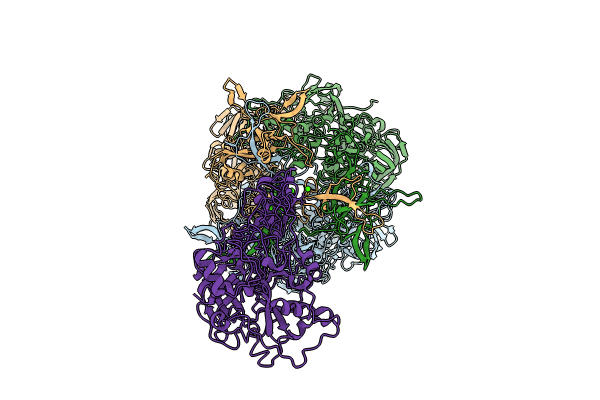
Deposition Date
2024-07-11
Release Date
2024-11-27
Last Version Date
2024-11-27
Entry Detail
PDB ID:
9CLN
Keywords:
Title:
Cryo-EM model derived from localized reconstruction of human adenovirus 5 (Ad5)-hexon-FII complex at 3.9A resolution
Biological Source:
Source Organism:
Human adenovirus 5 (Taxon ID: 28285)
Homo sapiens (Taxon ID: 9606)
Homo sapiens (Taxon ID: 9606)
Method Details:
Experimental Method:
Resolution:
4.13 Å
Aggregation State:
PARTICLE
Reconstruction Method:
SINGLE PARTICLE


